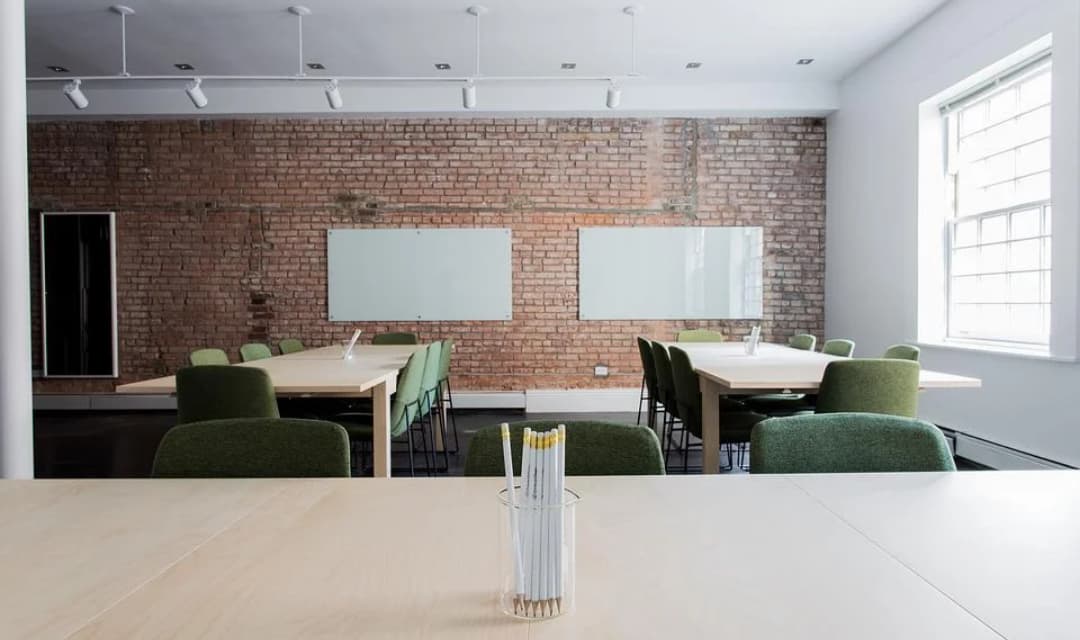The classroom environment is one of the most important factors in determining how well students learn. Different classrooms can have very different effects on students, depending on the teacher, the students, and the subject matter. This article will explore some of the ways that classrooms can affect learning.
Comfort
First, comfortable furniture will ensure nobody gets eager to get out of the room before the class is finished. This is one of the essential things to remember when purchasing classroom furniture, as it can ensure nobody falls asleep during your class. It can also help reduce fidgeting and restlessness, two behaviors that can significantly interfere with learning.
Secondly, comfort encourages focus and concentration. If students are constantly worrying about how uncomfortable they are, they won’t be able to focus on the task at hand. Finally, comfort helps create a positive association with learning. If students associate the classroom with comfort and relaxation, they’re more likely to want to come back and learn more.
Comfort isn’t about furniture, either, but also about the temperature in the room. If it’s too cold, students will be focused on trying to stay warm and if it’s too hot, they’ll be focused on trying to stay cool. The ideal temperature for a classroom is between 21 and 22 degrees Celsius.
The Atmosphere
A positive and encouraging atmosphere can make all the difference in the classroom. It’s the feeling you get when you walk into the room, the vibe if you will. And it can have a big impact on how well students learn.
A study found that a positive classroom atmosphere was one of the most important factors in student success. The research showed that students who felt supported and engaged in their learning were more likely to succeed than those who didn’t feel as connected to their classmates or teachers.
Students, especially children, will be much more eager to learn in a positive atmosphere. They feel safe and supported, which allows them to take risks and be more creative.
To create one, you should first focus on the physical environment. It ensures that the space is comfortable and inviting. But the atmosphere is also about the relationships between the students and the teacher.
Order
Discipline is important in the classroom, but the order is what makes it possible for students to learn. If a classroom is chaotic, students will have a hard time paying attention and retaining information. On the other hand, if a classroom is too orderly, it can feel stifling and uninspiring. The best classrooms strike a balance between these two extremes.
Creating an ordered environment doesn’t mean that every aspect of the classroom must be perfectly arranged at all times. Rather, the order should be established through routines and expectations. When students know what to expect from their teachers and classmates, they can feel more comfortable and focused in the learning environment.
To achieve this, follow these steps:
- Keep a schedule and stick to it as much as possible.
- Have a place for everything and put everything in its place.
- Encourage students to take care of their belongings and the classroom.
- Be consistent with your rules and expectations.
Safety
A safe classroom environment is the first step to quality education. It is important for students to feel safe in their learning environment so that they can focus on their studies. A safe classroom environment can be achieved by having a well-designed layout, adequate lighting, and safety measures in place.
Creating a safe classroom environment does not have to be expensive or time-consuming. Simple things like keeping the classrooms clean and organized can go a long way in making students feel comfortable and safe. In addition, teachers should create an atmosphere of respect and trust among students so that they feel free to voice their concerns without fear of reprisal.
Academic Expectation
Children need to be encouraged to further their education as much as possible, even if they are not academic-minded. The academic expectations that are set in schools can limit a child’s ability to succeed if they do not feel like they meet the criteria.
Some children may feel like they need to achieve a certain level of academic excellence in order to be loved and accepted by their peers and family members. This pressure can lead to academic anxiety and poor performance in school. It is important for parents and teachers to help children understand that everyone learns at their own pace and that there is no shame in not being the best student in the class.
One way the classroom environment affects learning is by academic expectations. This doesn’t mean that you need to pressure your children to get perfect grades, but it does mean that you should encourage them to do their best and celebrate their academic achievements.
Teacher Collaboration
Teachers that are happy to collaborate with their colleagues tend to produce students who are more engaged in learning. A teacher’s ability to collaborate can have a positive effect on student achievement. When teachers work together, they can share best practices and resources, which can lead to improved teaching and better student outcomes.
Teacher collaboration can take many different forms, including professional learning communities, teacher research groups, and teacher-led study groups. This aspect of classroom management should not be underestimated, teacher collaboration can have a positive impact on student learning.
Relationship With Peers
Good relations with peers are important for many reasons. Classmates provide companionship, social interaction, and someone to work with on group projects. Peers can also serve as role models and provide support during difficult times.
When students feel like they belong in their classroom and have positive relationships with their classmates, they are more likely to be engaged in learning. The classroom environment plays a big role in how well students get along with each other. A positive classroom environment is one where students feel safe, respected, and supported.

A positive classroom environment creates the most successful people in the world, and it starts with comfort. The atmosphere is just as important and while it needs to be inclusive and encourage free thinking, there has to be order and a sense of safety. Setting academic expectations will direct them in the right way, while collaborative teachers and good relations with peers will make everyone feel at home and happier to work together!

